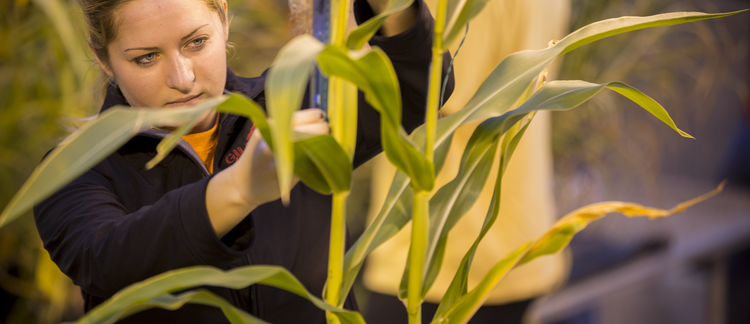Abstract
Soybean Sclerotinia stem rot (white mold) caused by Sclerotinia sclerotiorum is a major disease in commercial production, particularly in intensive production regions of the United States, Argentina, and northern China. The occurrence of white mold (Figure 1) depends on various seasonal factors like cool temperatures <85°F, good soil moisture during flowering/early pod formation stage, canopy closure, narrow row spacing, and apothecia production (Figure 1a) at flowering. White mold management measures are preventative and include application of fungicides. Except for seed production, prior to 2005 foliar diseases were not a major concern to soybean production in Iowa and much of the north central region of the United States. Since the report of Asian soybean rust in South America in 2001, and then in the United States in 2004, attention on fungicide applications in soybean production has increased consistently over the years.
Keywords: Plant Pathology and Microbiology
How to Cite:
Navi, S. S., (2014) “Evaluation of Foliar Fungicides at Different Growth Stages on Soybean Diseases and Yield”, Iowa State University Research and Demonstration Farms Progress Reports 2013(1).
Downloads:
Download pdf
View PDF
215 Views
86 Downloads

